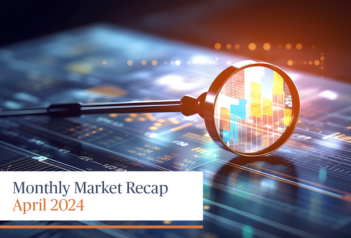Just like many other American families, my two kids are going back to school next week. Well, let me clarify that: one is doing online classes and the other one is going in-person since he is also in band. The last few weeks have been a time filled with anxiety at home as we were waiting for CDC and ISD guidance on what the school reopening looked like before deciding. Similar to having to decide about schooling options, investors have to decide between benchmark options. Understanding the differences between them is even more important.
The Dow Jones Industrial Average is a price-weighted index, unlike the S&P 500 and many other indices which are market-capitalization weighted. In this case, the Dow is made up of 30 companies, weighted solely by the stock price of the individual companies. That is it. This means that Apple at a price of near $400 makes up 11% of the index but will drop to about 3% after the stock splits in a few days.
Another investor darling, Tesla, announced a stock split while at the same time being considered for inclusion in the S&P 500 index by its committee later this Fall. Tesla became eligible for the benchmark after it posted its fourth consecutive quarterly profit last month.
Like other indices managed by S&P Dow Jones Indices, but unlike indices such as the Russell 1000 which are strictly rule-based, the components of the S&P 500 are selected by a committee. According to S&P Global: “The S&P 500 is maintained by the U.S. Index Committee. All committee members are full-time professional members of S&P Dow Jones Indices’ staff. The committee meets monthly. At each meeting, the Index Committee reviews pending corporate actions that may affect index constituents, statistics comparing the composition of the indices to the market, companies that are being considered as candidates for addition to an index, and any significant market events. In addition, the Index Committee may revise index policy covering rules for selecting companies, treatment of dividends, share counts, or other matters.”
Similarly, back in early 2019, global index provider MSCI announced it was quadrupling the weighting of Chinese mainland shares in its global benchmarks.
Of course, the debate between passive and active has long passed. We build portfolios using both types of strategies. The point I am making is that whether you are invested in an index ETF or benchmark your performance versus one index, the index itself is not static. Humans make changes to these indices- they even make exceptions to the rules!
Thanks to our leadership, Sendero continues to make significant investments in new technologies to that end. Such tools as Bloomberg and FactSet allow us to not only compare strategies versus their benchmarks, but also to breakdown multiple strategies down to the market capitalization, geographic exposure, investment styles and individual stocks. This means we can actively analyze a portfolio as a whole and ensure that each manager is doing exactly what we want them to do.
Just like the 2020 school year, indices are evolving, which means investors have to evolve to make better decisions.
If you have any questions or want to have a conversation about the market or your portfolio, please contact Liz, Ed, Fred, Scott, Tyler, or myself. Your Sendero team is ready to help.
Best Regards,
Amaury de Barros Conti, Vice President Research & Strategy
210-930-9409
aconti@sendero.com


